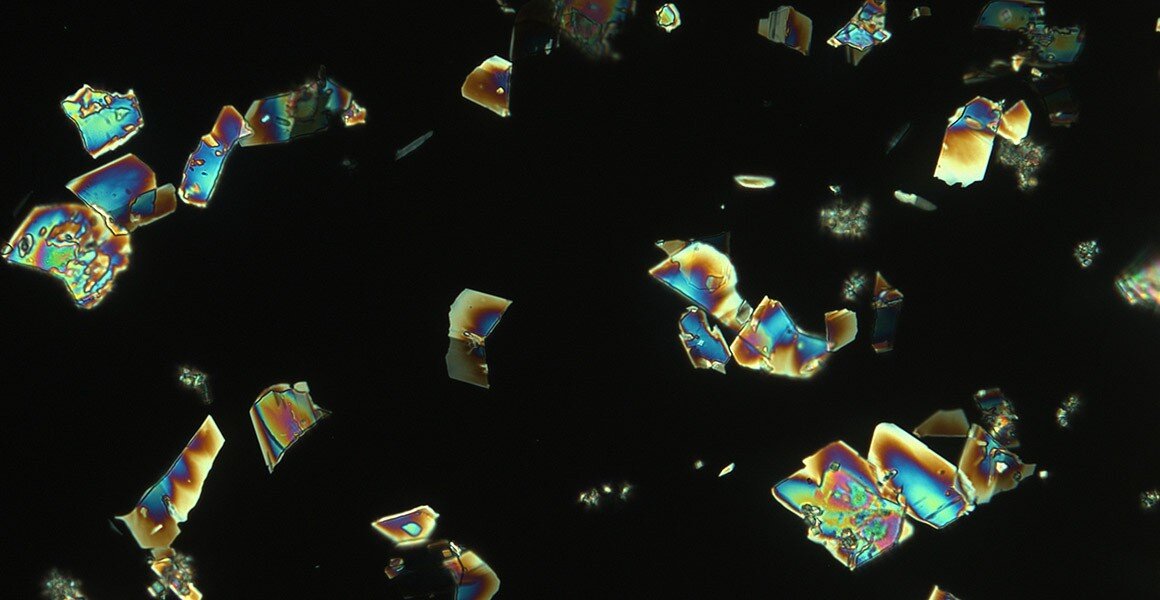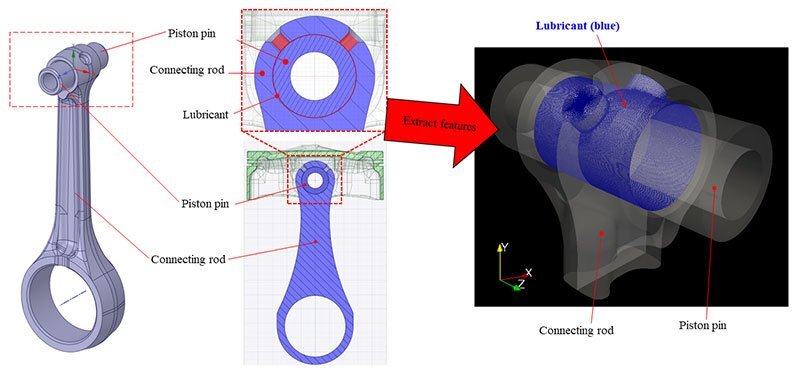#Consistently exercising 2–3 times a week over the long term linked to lower current insomnia risk


Consistently exercising 2–3 times a week over the long term is linked to a lower current risk of insomnia as well as the ability to clock up the recommended 6–9 hours of shut-eye every night, suggests an international 10-year study published in the open access journal BMJ Open.
Regular exercise is associated with better overall health, and several studies have suggested that physical activity promotes better quality sleep and may improve symptoms of chronic insomnia, note the researchers.
But it’s not entirely clear how much gender, age, weight (BMI), overall fitness, general health, and exercise type contribute to this association, they add.
To explore this further, the researchers assessed the frequency, duration, and intensity of weekly physical activity and symptoms of insomnia, nightly sleep clocked up, and daytime sleepiness among middle-aged adults from 21 centers in nine European countries.
The 4,399 study participants (2,085 men; 2,254 women) were drawn from the European Community Respiratory Health Survey.
They had answered questions on the frequency and duration of physical activity at baseline (ECRHS II;1998–2002) and on physical activity, insomnia symptoms (Basic Nordic Sleep Questionnaire; scale 1–5), sleep duration and daytime sleepiness (Epworth Sleepiness Scale) 10 years later (ECRHS III; 2011–14).
Participants who reported that they exercised at least two or more times a week, for 1 hour/week or more, were classified as being physically active.
Over the 10-year period, 37% (1,601) of participants were persistently inactive; 18% (775) became physically active; 20% (881) became inactive; and 25% (1,082) were persistently active.
Participants in Norway were most likely to be persistently active, while participants in Spain, followed by Estonia, were most likely to be persistently inactive.
Persistently active participants were more likely to be men, younger, and to weigh slightly less. They were also less likely to be current smokers and more likely to be currently working.
After adjusting for age, sex, weight (BMI), smoking history, and study center, those who were persistently active were significantly (42%) less likely to find it difficult to fall asleep, 22% less likely to have any symptoms of insomnia, and 40% less likely to report 2 or 3 (37% less likely) insomnia symptoms.
Insomnia symptoms were also independently associated with age, female gender, and weight.
As for total nightly hours of sleep and daytime sleepiness, after adjusting for age, sex, weight, smoking history, and study center, persistently active participants were most likely to be normal sleepers, while the persistently inactive were least likely to be in that category.
The persistently active were significantly (55%) more likely to be normal sleepers, significantly less likely (29%) to be short (6 hours or less), and 52% less likely to be long sleepers (9 hours or more). And those who became active were 21% more likely to be normal sleepers than those who were persistently inactive.
The researchers acknowledge that they weren’t able to objectively assess changes in physical activity levels between the two time points and that all the elements relied on subjective assessment via questionnaire.
But they nevertheless conclude, “Our results are in line with previous studies that have shown the beneficial effect of [physical activity] on symptoms of insomnia, but the current study additionally shows the importance of consistency in exercising over time because the association was lost for initially active subjects who became inactive.”
Association between physical activity over a 10-year period and current insomnia symptoms, sleep duration and daytime sleepiness: a European population-based study, BMJ Open (2024). DOI: 10.1136/bmjopen-2022-067197
Citation:
Consistently exercising 2–3 times a week over the long term linked to lower current insomnia risk (2024, March 26)
retrieved 26 March 2024
from https://medicalxpress.com/news/2024-03-week-term-linked-current-insomnia.html
This document is subject to copyright. Apart from any fair dealing for the purpose of private study or research, no
part may be reproduced without the written permission. The content is provided for information purposes only.
If you liked the article, do not forget to share it with your friends. Follow us on Google News too, click on the star and choose us from your favorites.
If you want to read more Like this articles, you can visit our Science category.




